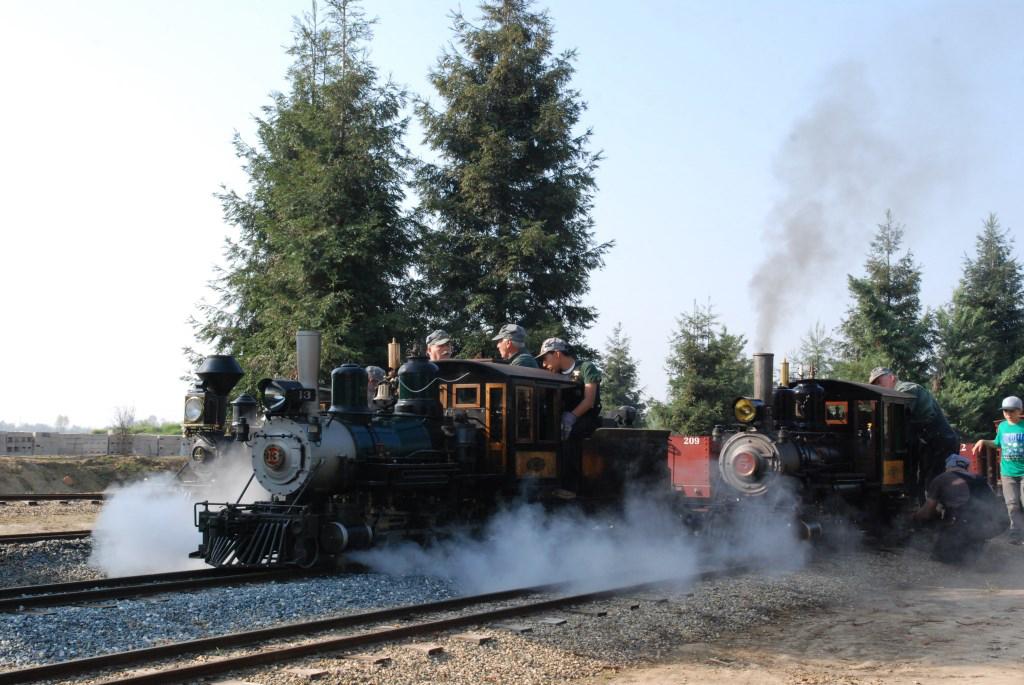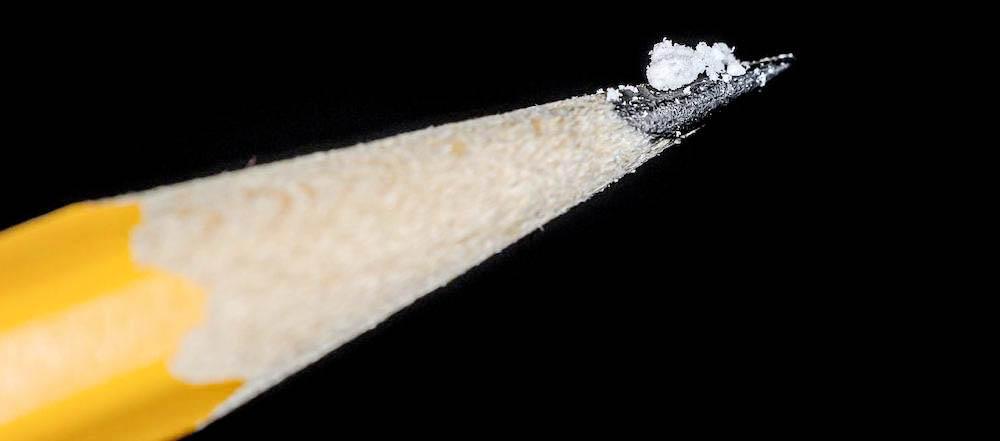State water board officials also announced July 22 that the number of people served by failing water systems—those that have not met safety standards for drinking water due to contaminants or maintenance issues—had fallen from 1.6 million in 2019 to 700,000 in 2024.
Officials said that represents a net gain of 900,000 Californians who now have access to clean drinking water.
The governor signed legislation in 2019 establishing the Safe and Affordable Drinking Fund, a 10-year program that is key in supporting the SAFER grant distribution initiative, according to California advocacy group Community Water Center.
According to Mr. Newsom’s office, the fund has received more than $600 million in cap-and-trade dollars—revenue from fines charged to businesses for carbon emissions they create in the state—since 2019.
The water resources control board has distributed more than $1 billion in grants over the past five years to disadvantaged communities, according to a July 22 press release from the Environmental Protection Agency.
Funds may be spent on operations and maintenance costs, consolidating with larger systems, replacement water, or for the administration of small water systems, according to Mr. Stanich. Replacement water is delivered to a location to replenish water that has been lost, such as with a dry well.
Officials from the EPA, the state board, and other community-based organizations gathered at City Hall in Porterville in Tulare County July 22 to celebrate SAFER’s achievements.
“California was the first state in the nation to recognize the human right to water. Today, we are on our way toward making that right a reality across the state. When we partner with water systems, communities, and local leaders, we see results,” said Yana Garcia, California Secretary of Environmental Protection, in a statement.
Porterville received $15 million for the development of clean drinking water systems, according to the governor’s office.
The office highlighted the city’s partnership with state and local officials to consolidate neighboring water systems into a single operation, facilitating “sustainable solutions for safe drinking water.”







